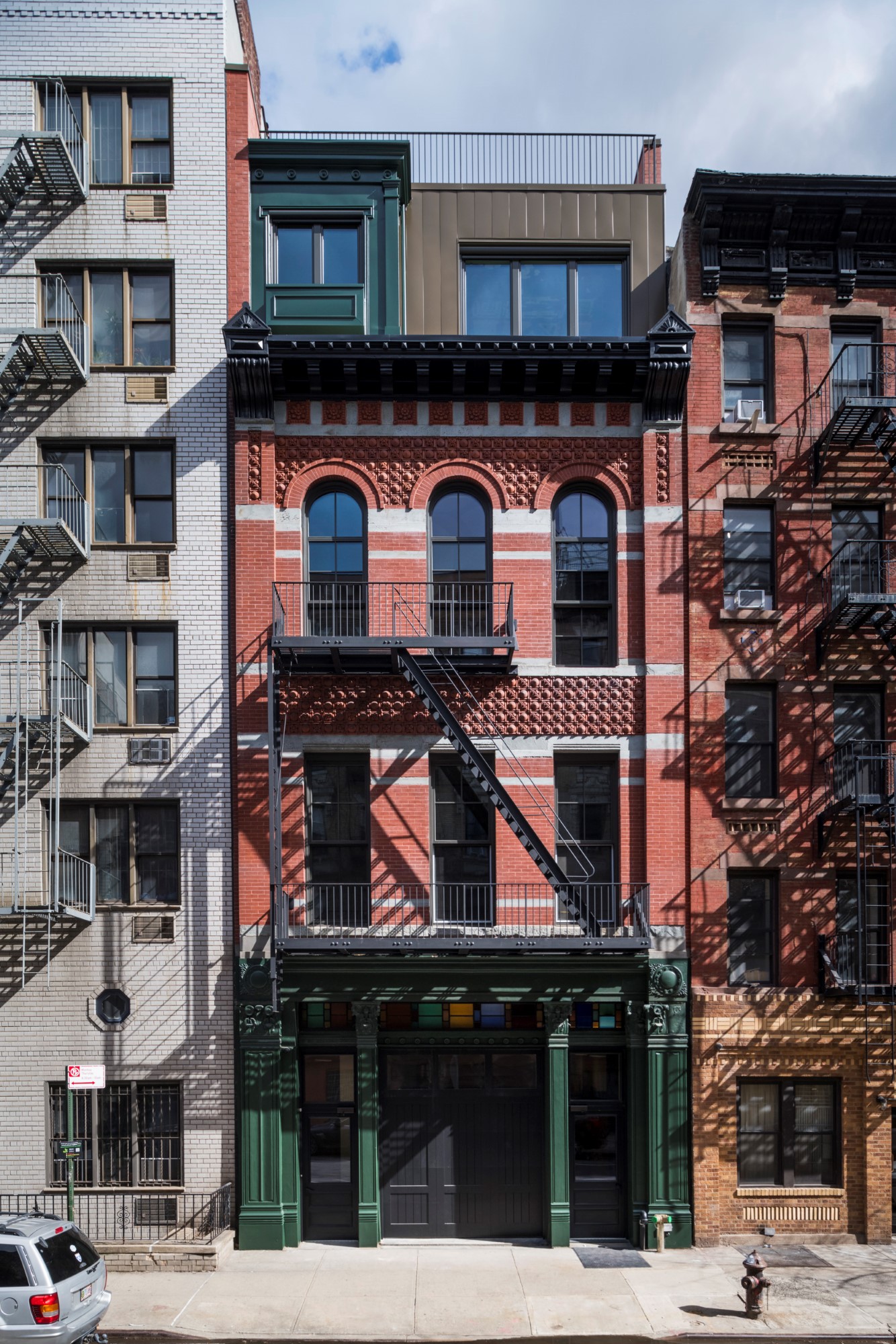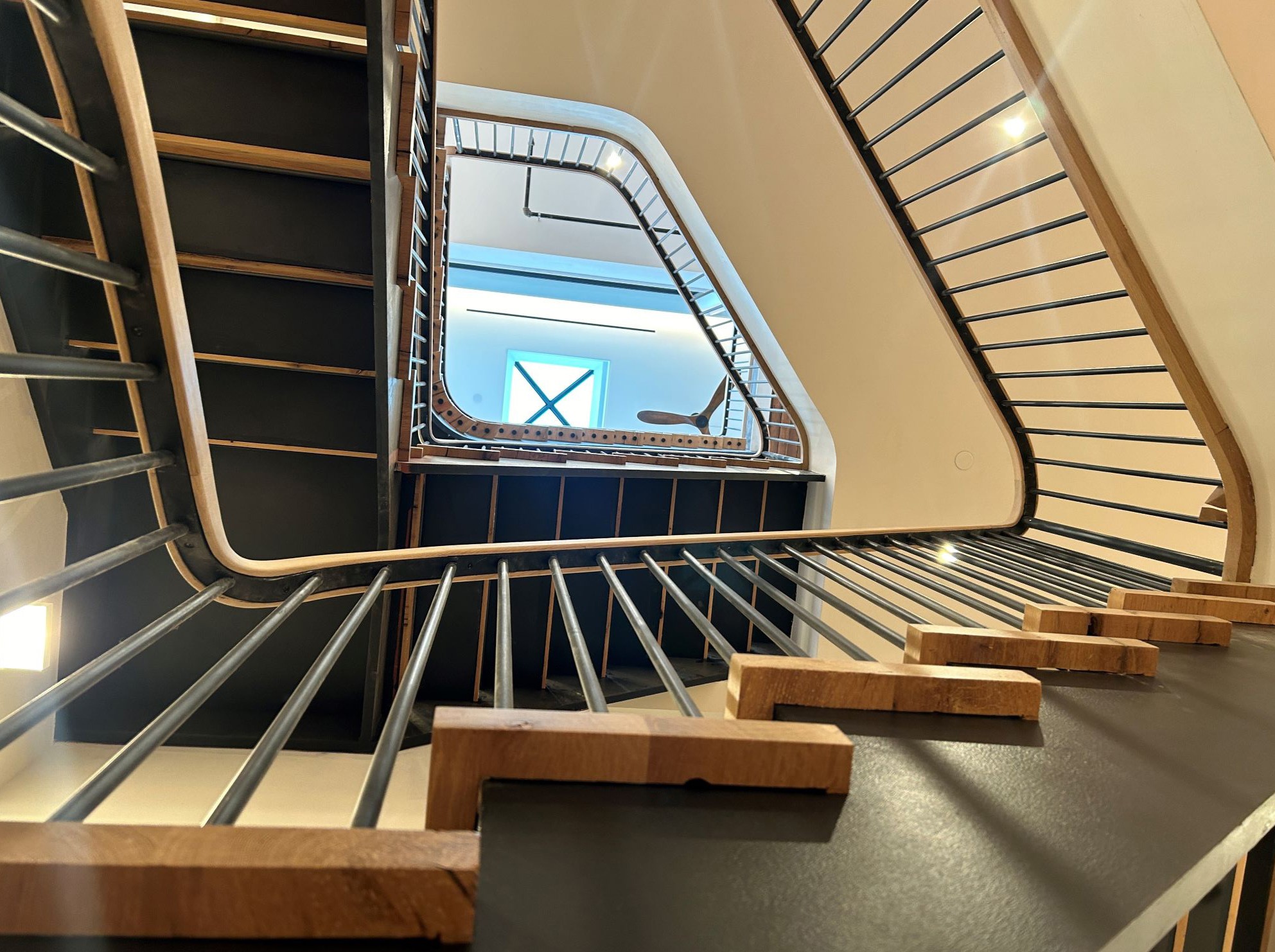Designing with Reclaimed Materials
Incorporating reclaimed materials into our projects elevates the design and gives a new life to the materials that carry the history of the building.
In 1879, Architects N. Le Brun & Son designed the firehouse for Metropolitan Steam Fire Engine Company No. 16 in Kips Bay, Manhattan. Nearly 150 years later, our clients came to us looking to complete an adaptive reuse conversion of the building into apartments, while paying respect to the building's deep history.
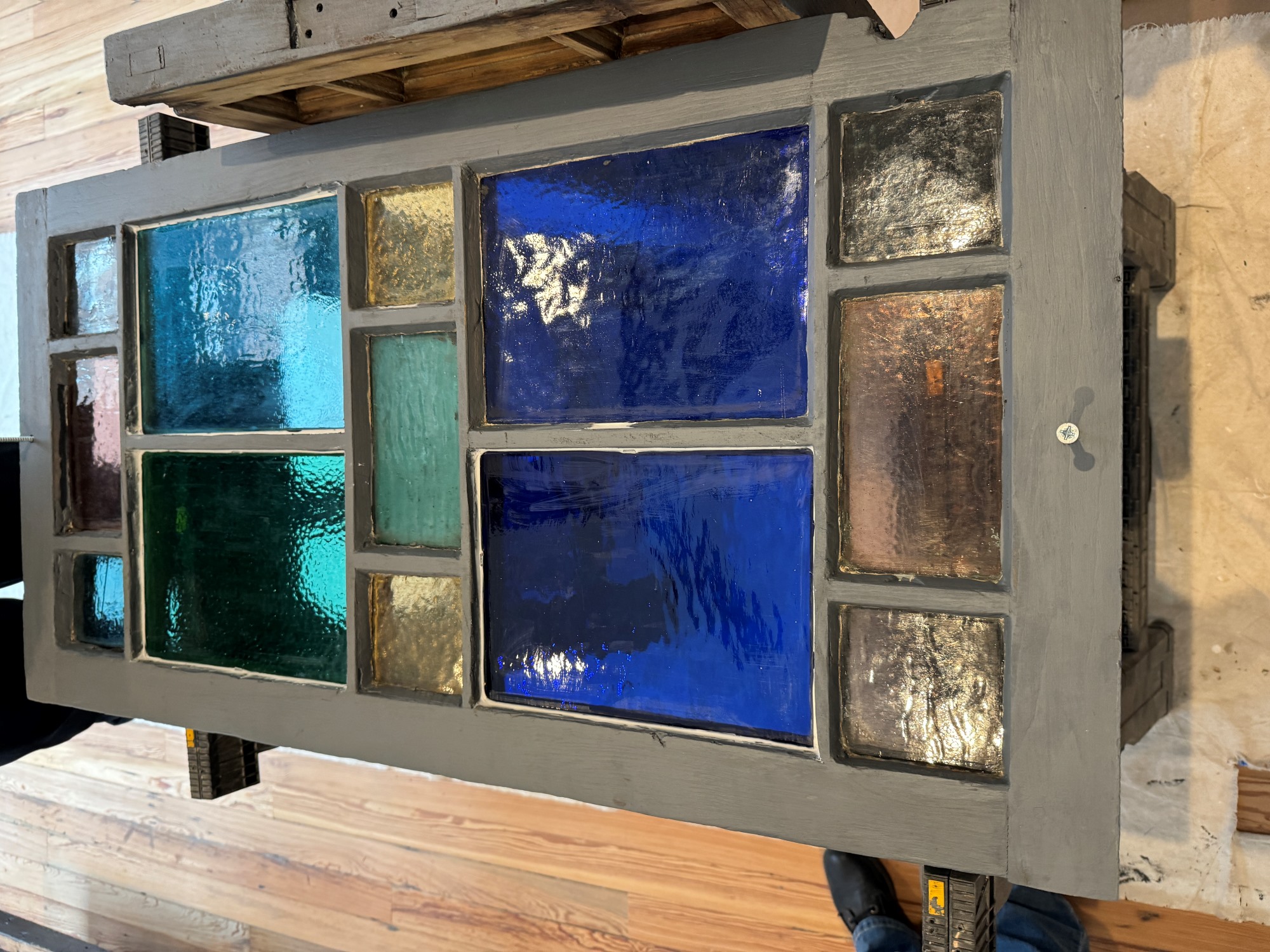
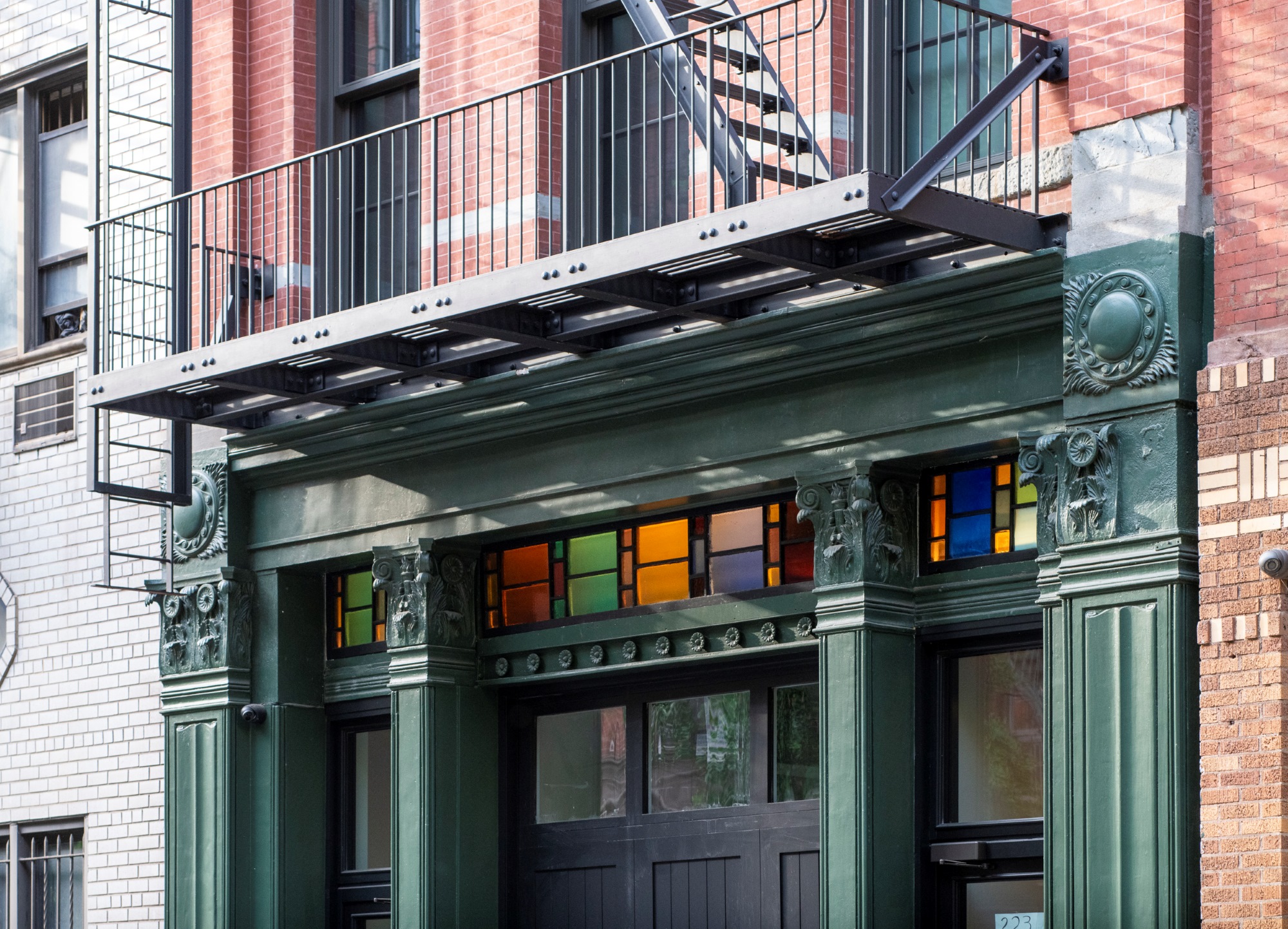
On a project where you know you'll be incorporating both historic and modern elements, it is important to have the right team. Having a contractor who is interested in historic preservation and has the ability to collaborate with us to create custom solutions that marry the existing fabric with modern finishes. The team at R. Sutton & Co., along with their network of subcontractors, worked hand in hand with our team, consisting of Amy Failla and Joey Chemello, along with an incredibly creative and involved client.
When we began demo, we discovered stained glass windows hidden behind a large storefront sign and structure. The restoration process involved carefully removing the panes, stripping and restoring the frames on site, and working with Sunburst Studios to replace missing panes. Backlighting the windows with LED ensured that they shine day and night.
The newly restored windows fit perfectly with the existing cast iron lower façade, which was carefully stripped and restored to maintain its original fabric. The bricks of the upper façade are terracotta, so we worked with a historic preservationist to carefully restore them. Its limestone elements had been painted, and the surface of the stone was chiseled to allow the paint to stick. Stripped the paint but left the limestone chiseled, as a nod not that history.
.jpg)
.jpg)
In the kitchen, reused elements can be found from the reclaimed wood floors to restored milk glass tiles and tin ceilings.
The milk glass tiles were found elsewhere in the building, covered in paint and dirt. Stripping the layer of paint from the tiles revealed pristine white tiles. The restored tiles were used as the backsplash in the owners' kitchen.
The tin ceilings were also found throughout the building. We carefully catalogued and laid out the portion of the tin panels that surrounded the original skylight, and designed a new skylight scaled to match the original. We stripped the paint from the ceilings, kept the patinaed and aged look that was left over, and sealed them to ensure longevity.
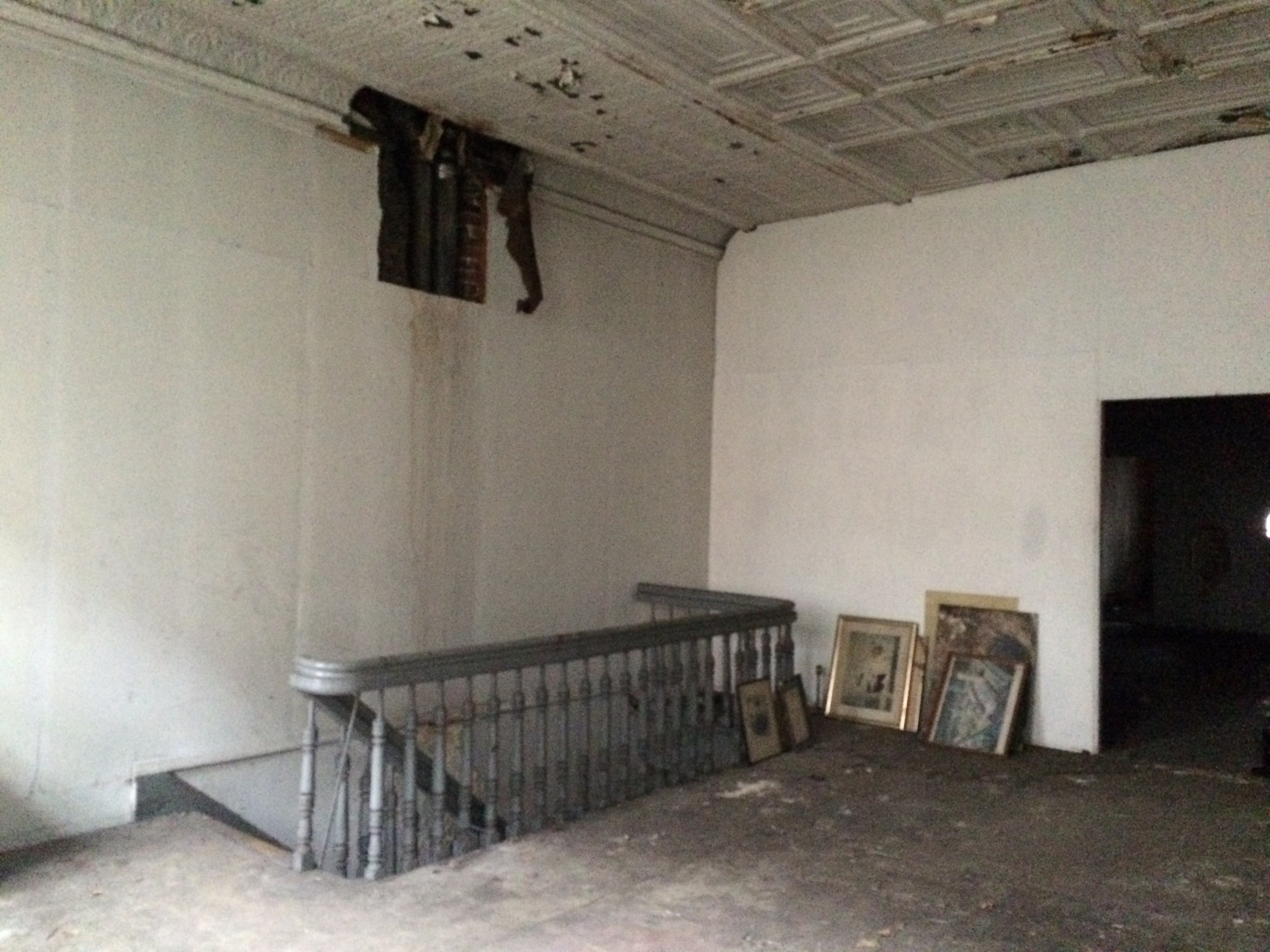
.jpg)
In one of the rental units, we carefully preserved a railing original to the building. The railing was one of the few salvageable elements of the top floor and informed our design decisions when we designed the unit's loft space. Our clients chose to juxtapose the railing, as a snapshot in time, with a modern, open staircase connecting the unit's loft space to the living and dining areas below. Underneath the loft, joists removed from other areas of the building were reused.
.jpg)
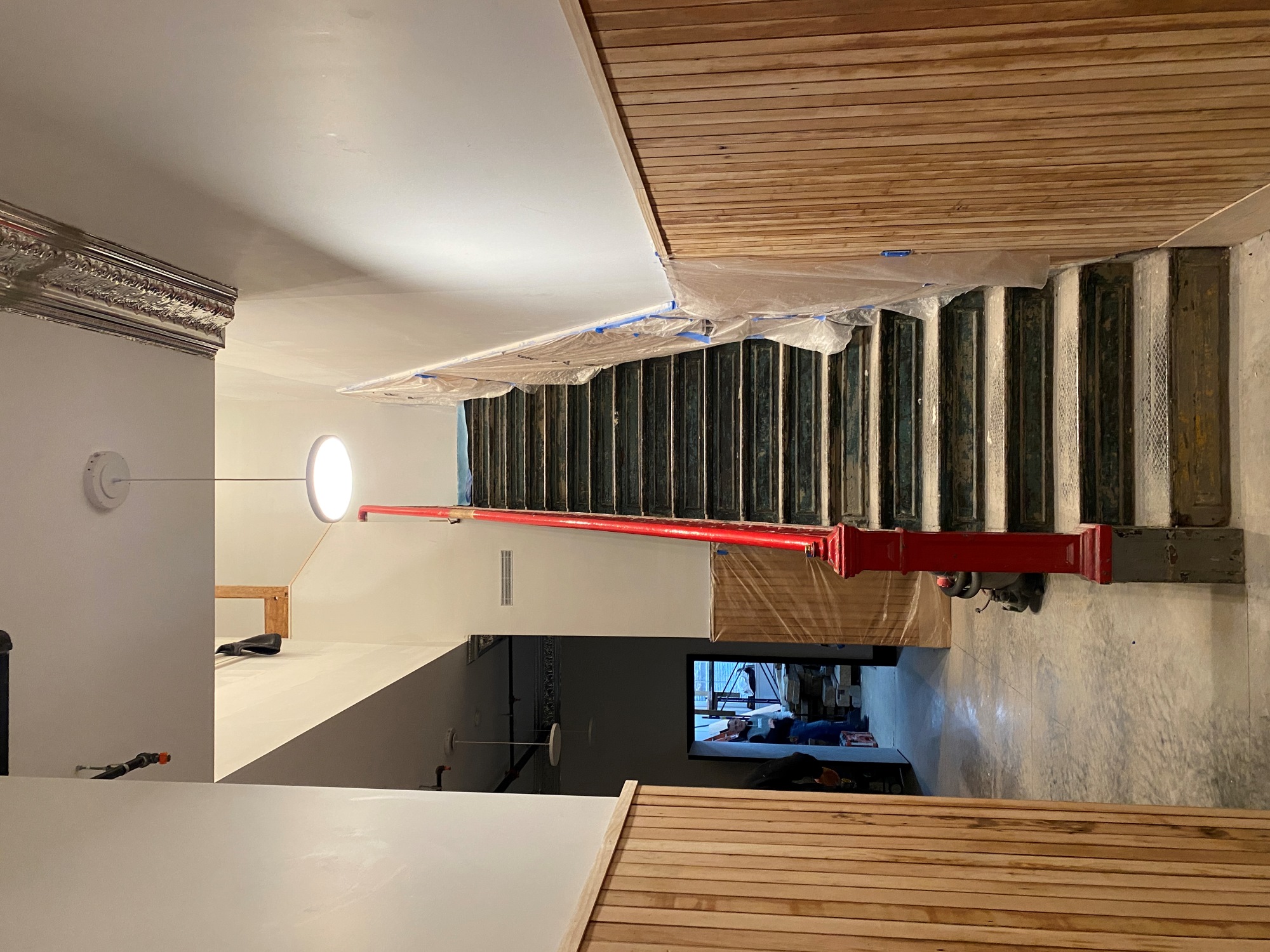
We discovered a cast iron railing leading from the first to the second floor of the building. When designing the lobby of the community facility, we carefully removed the railing and reinstalled it into the lobby. Wood slats, salvaged from elsewhere in the building, clad the walls.
.jpg)
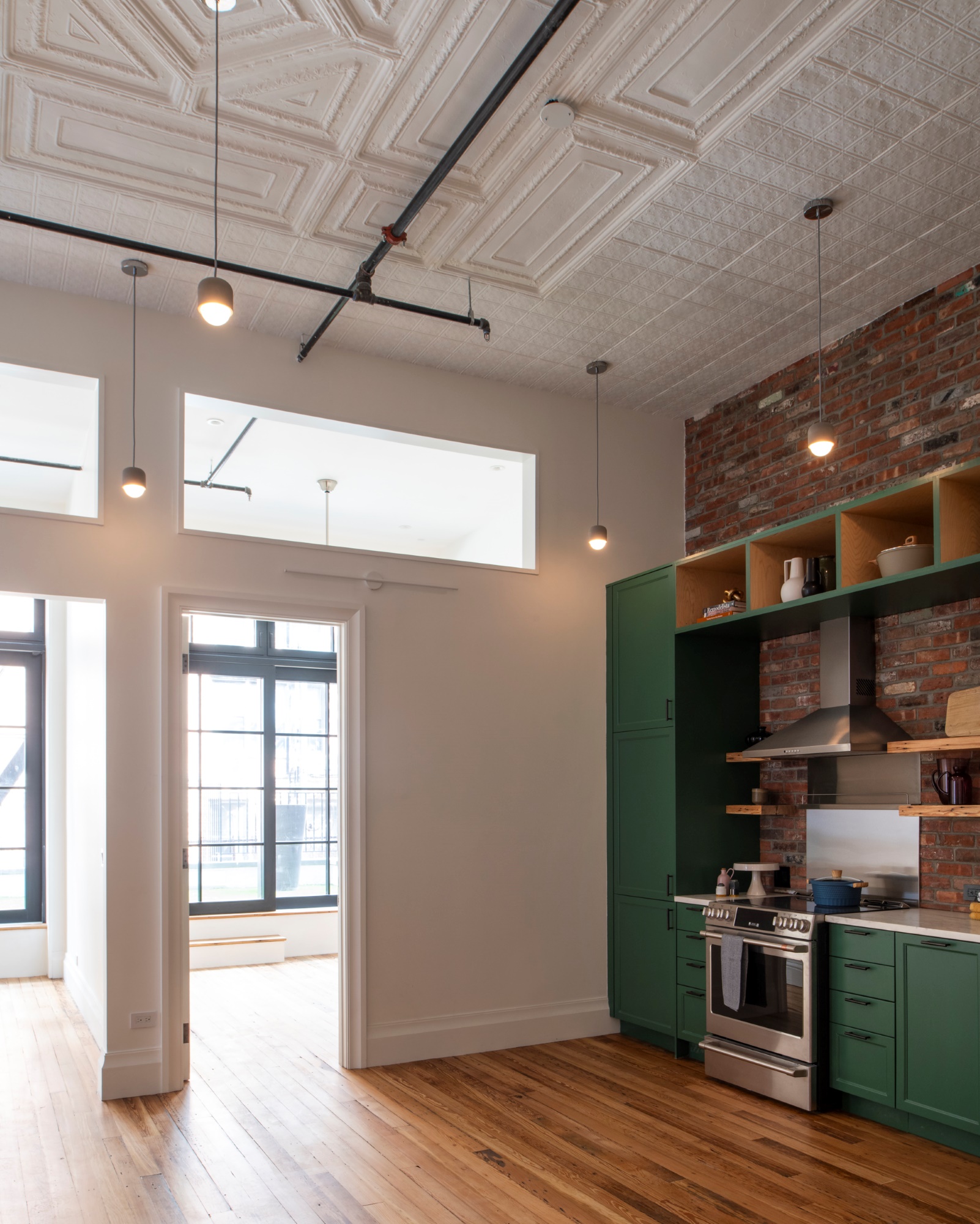
Prior to removing the wood subfloors, we sanded off the layer of paint to determine whether or not the wood was salvageable. We were pleased to find that it was, so we refinished the subfloors and used them as flooring material on the second floor of the building.
Carefully cataloging the panels of the tin ceilings was an important step to ensure successful and easy reinstallation.
Engine 16 is an all-electric, certified passive house, and a NYSERDA Buildings of Excellence Award winner. Learn more about the project below!

